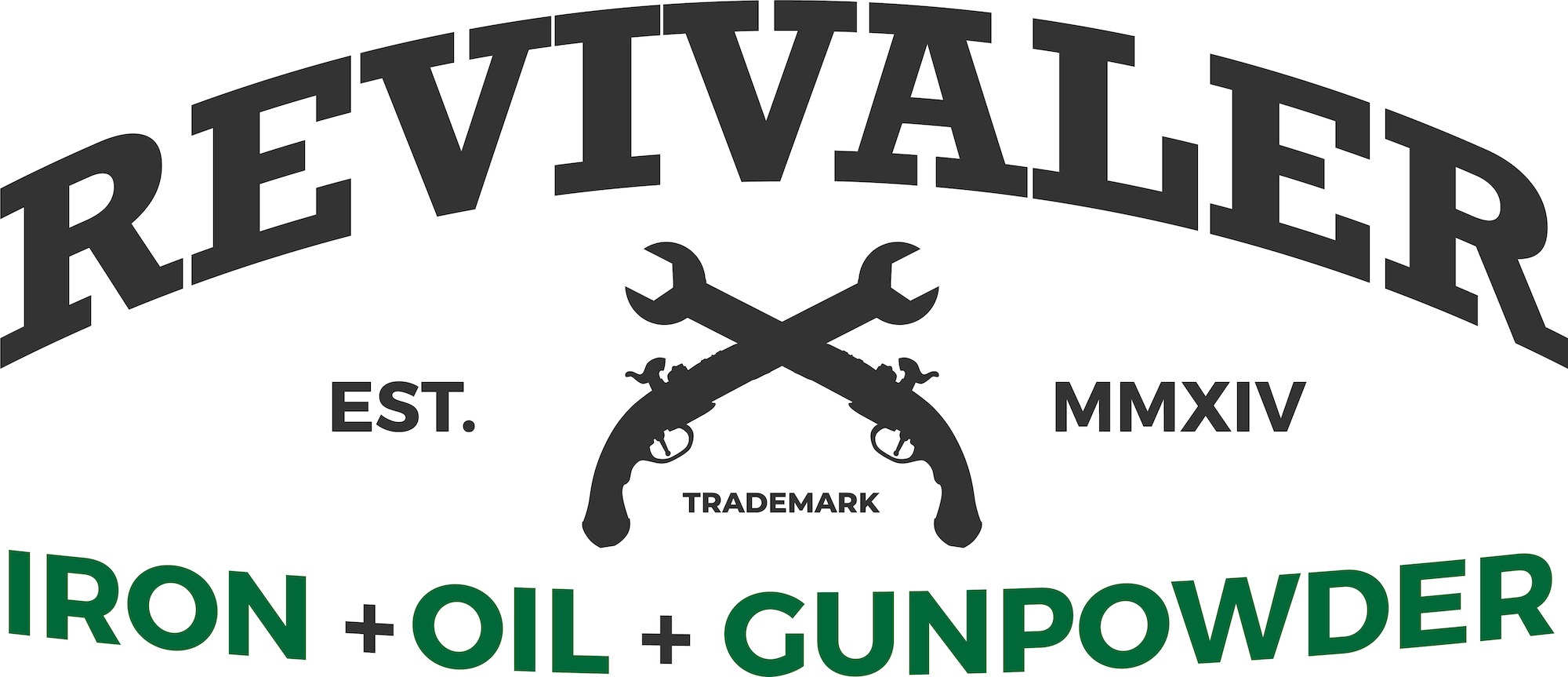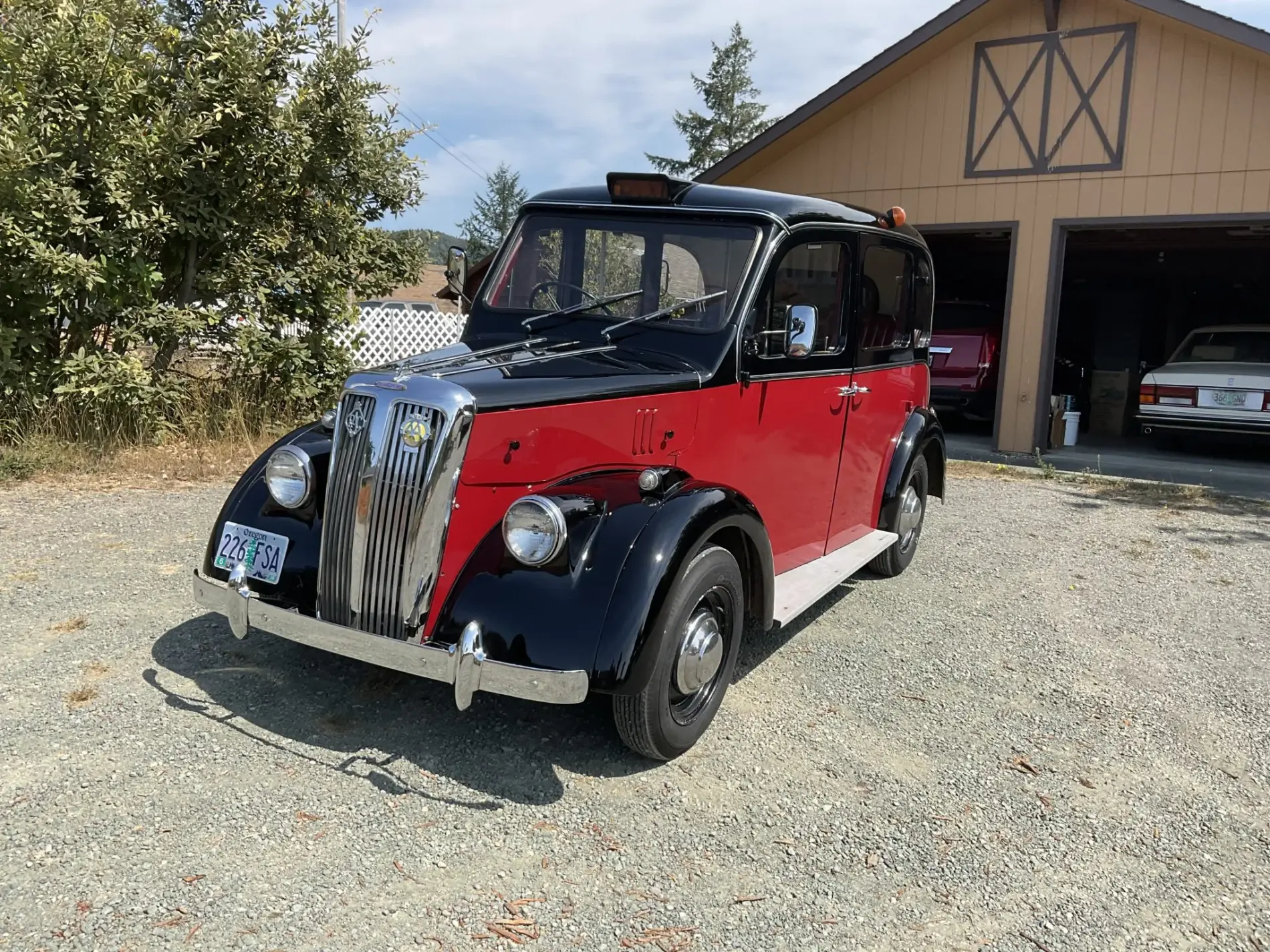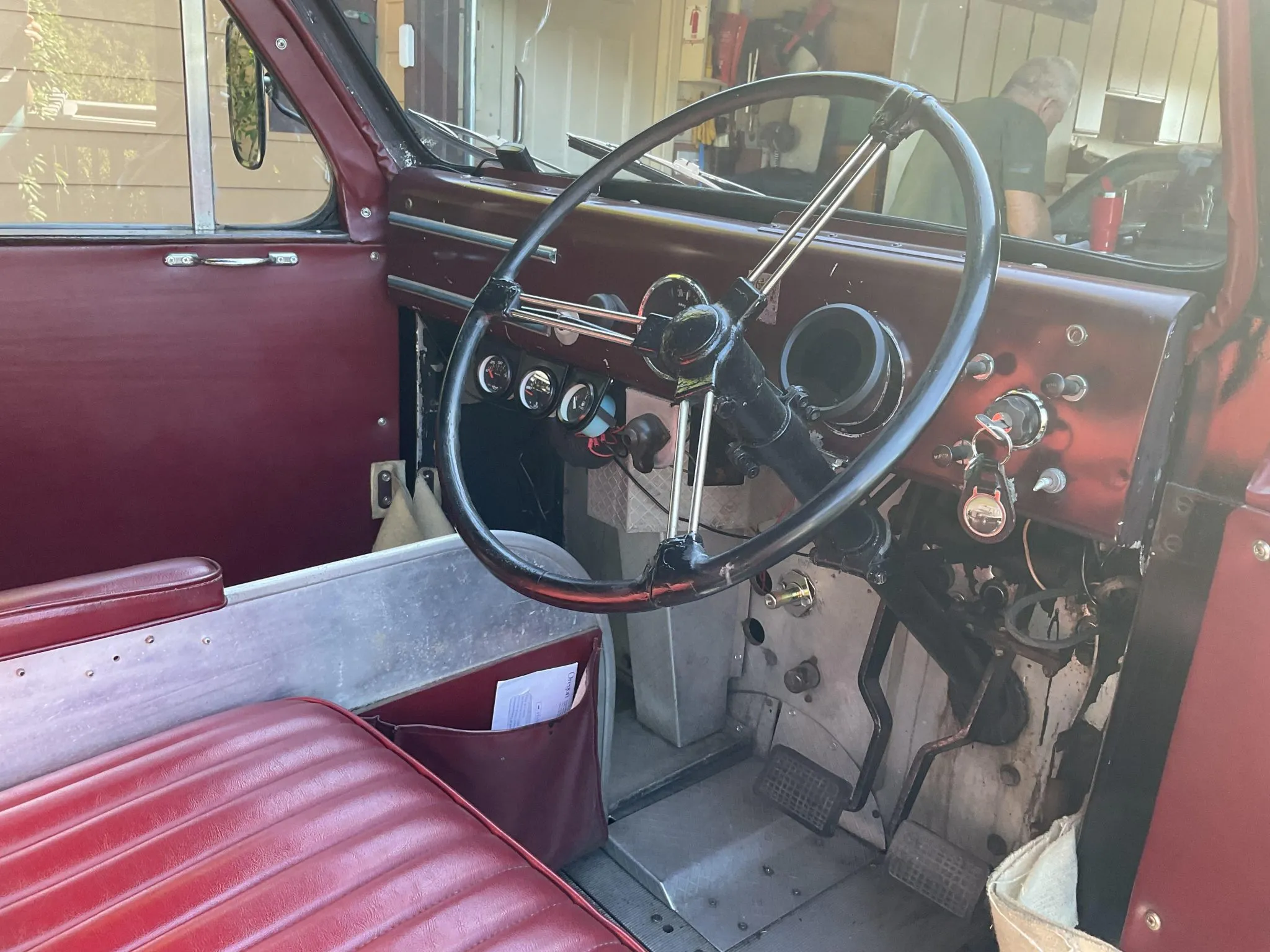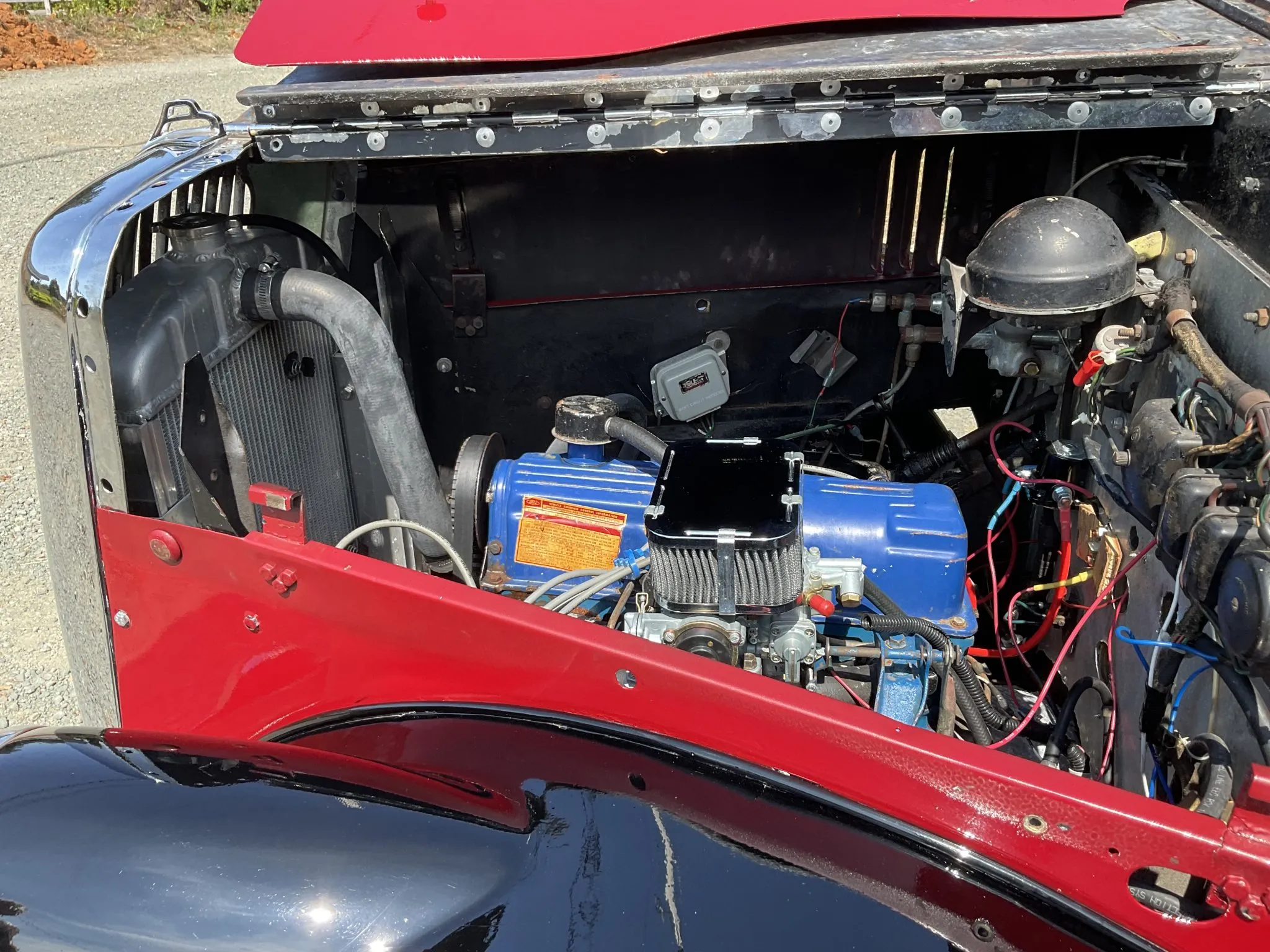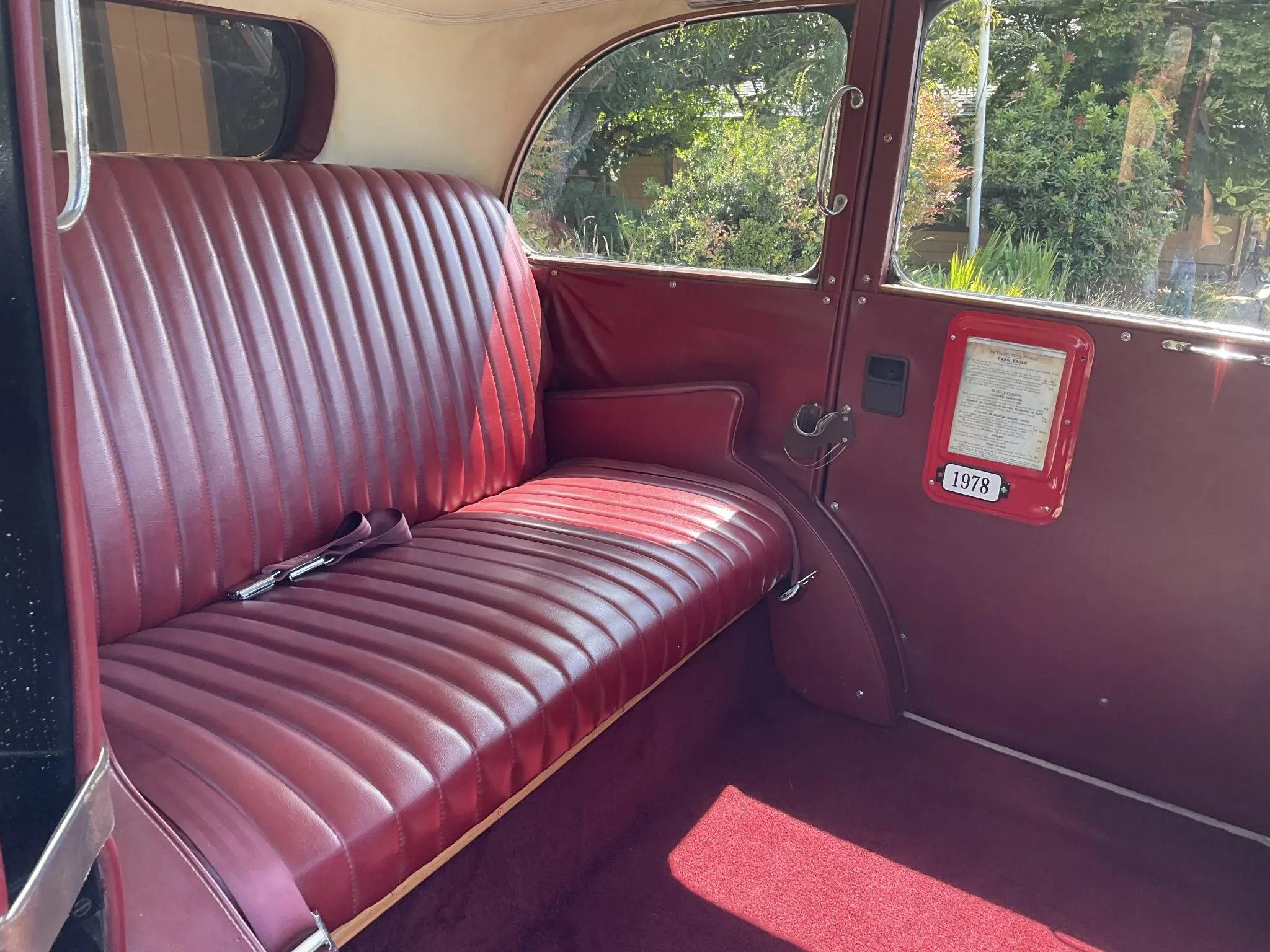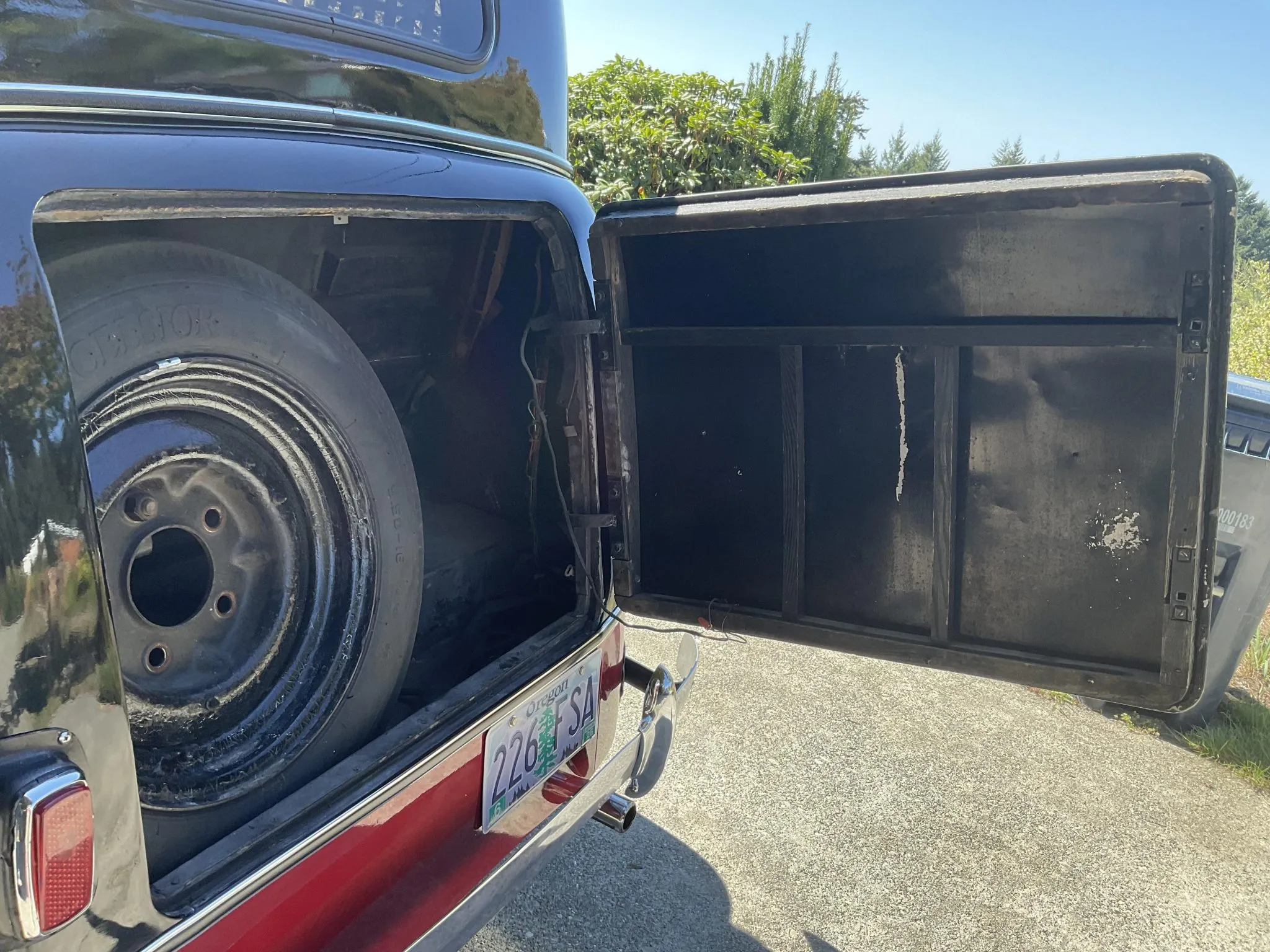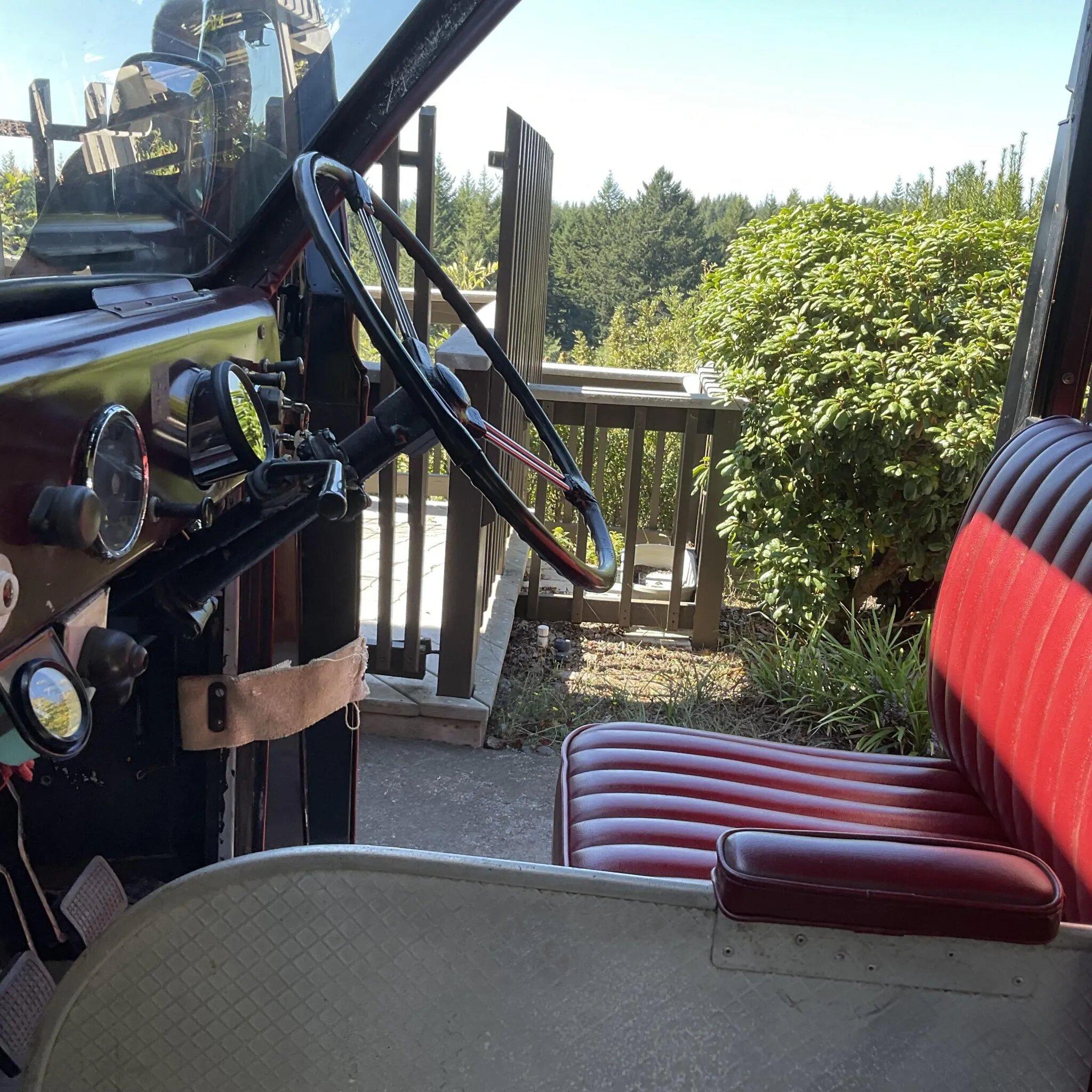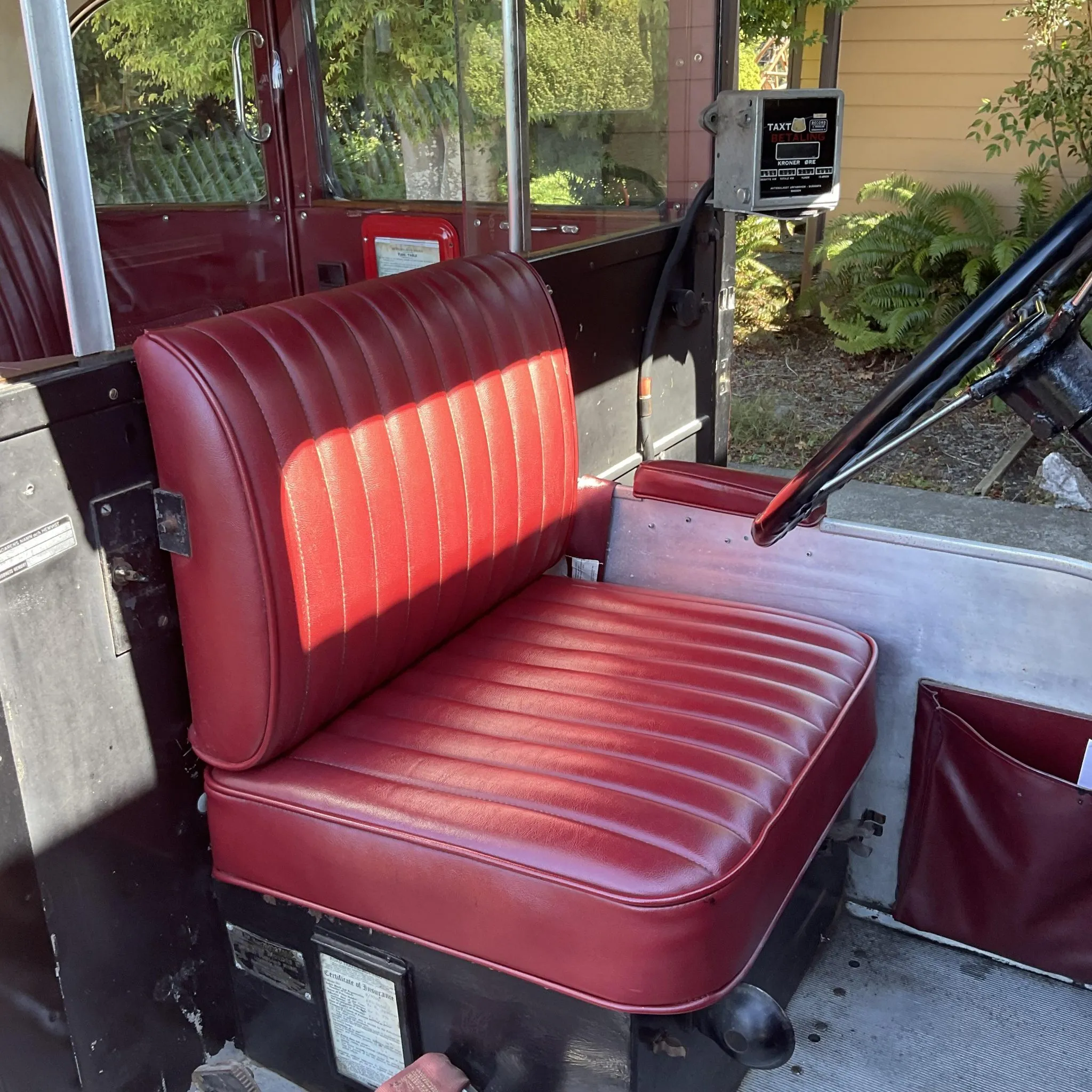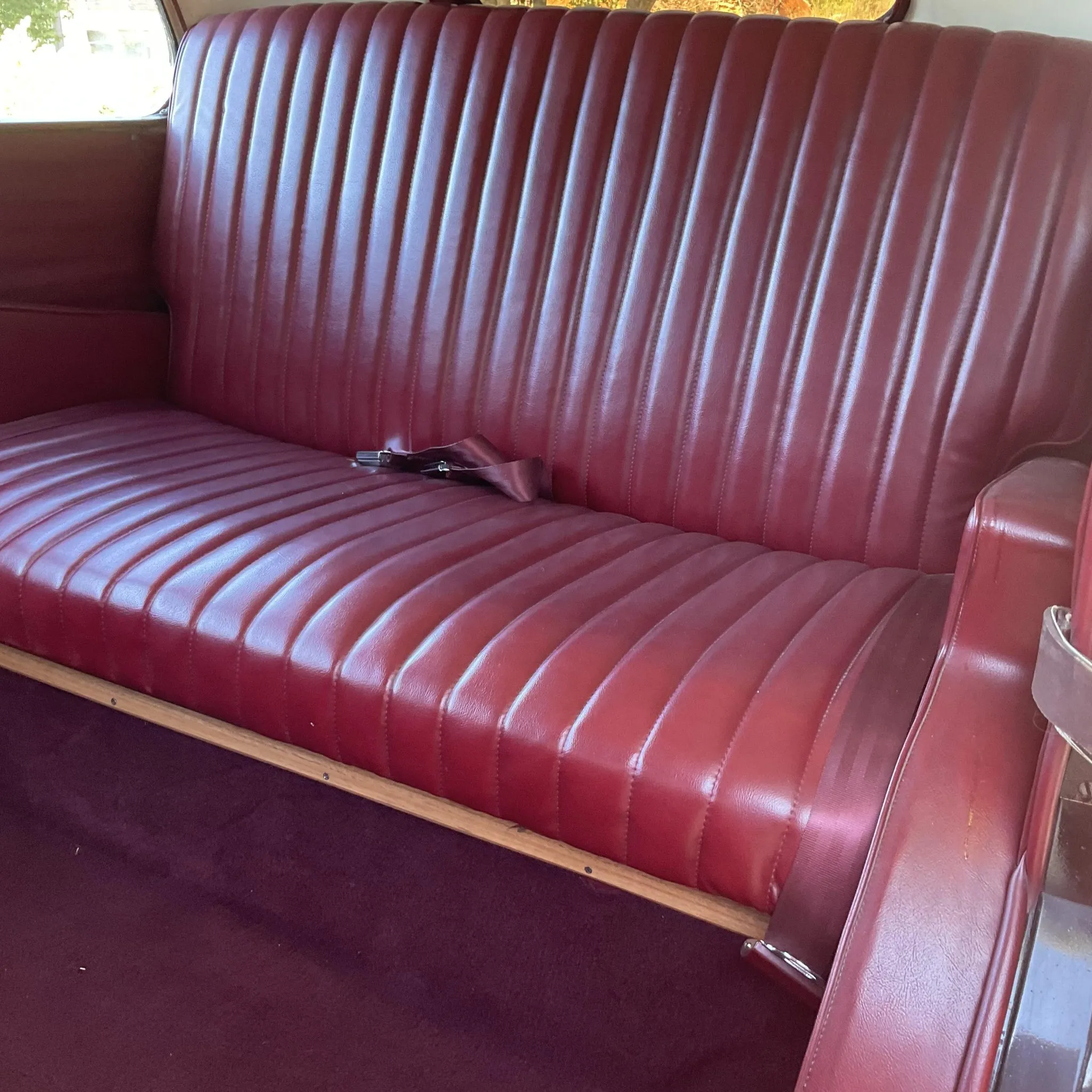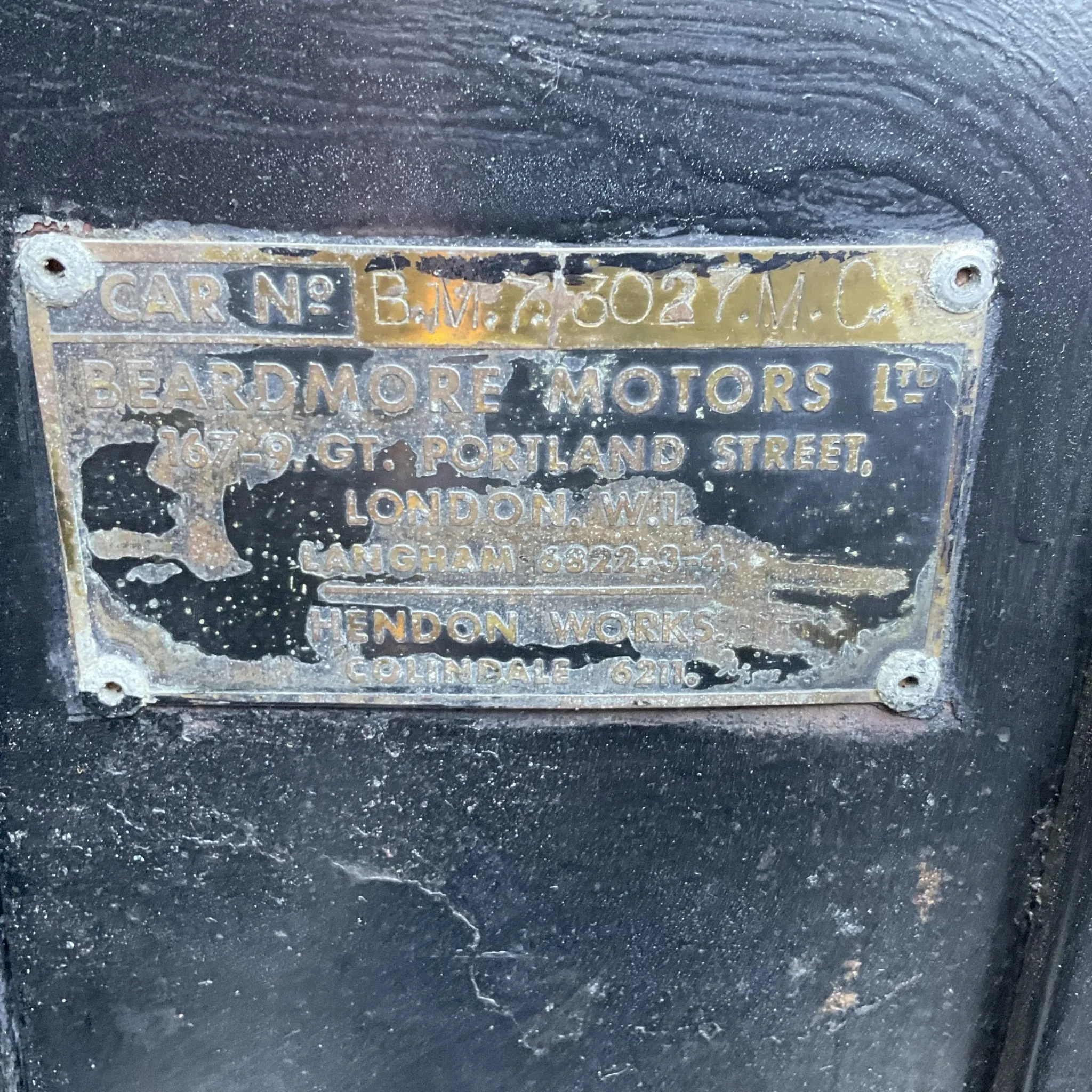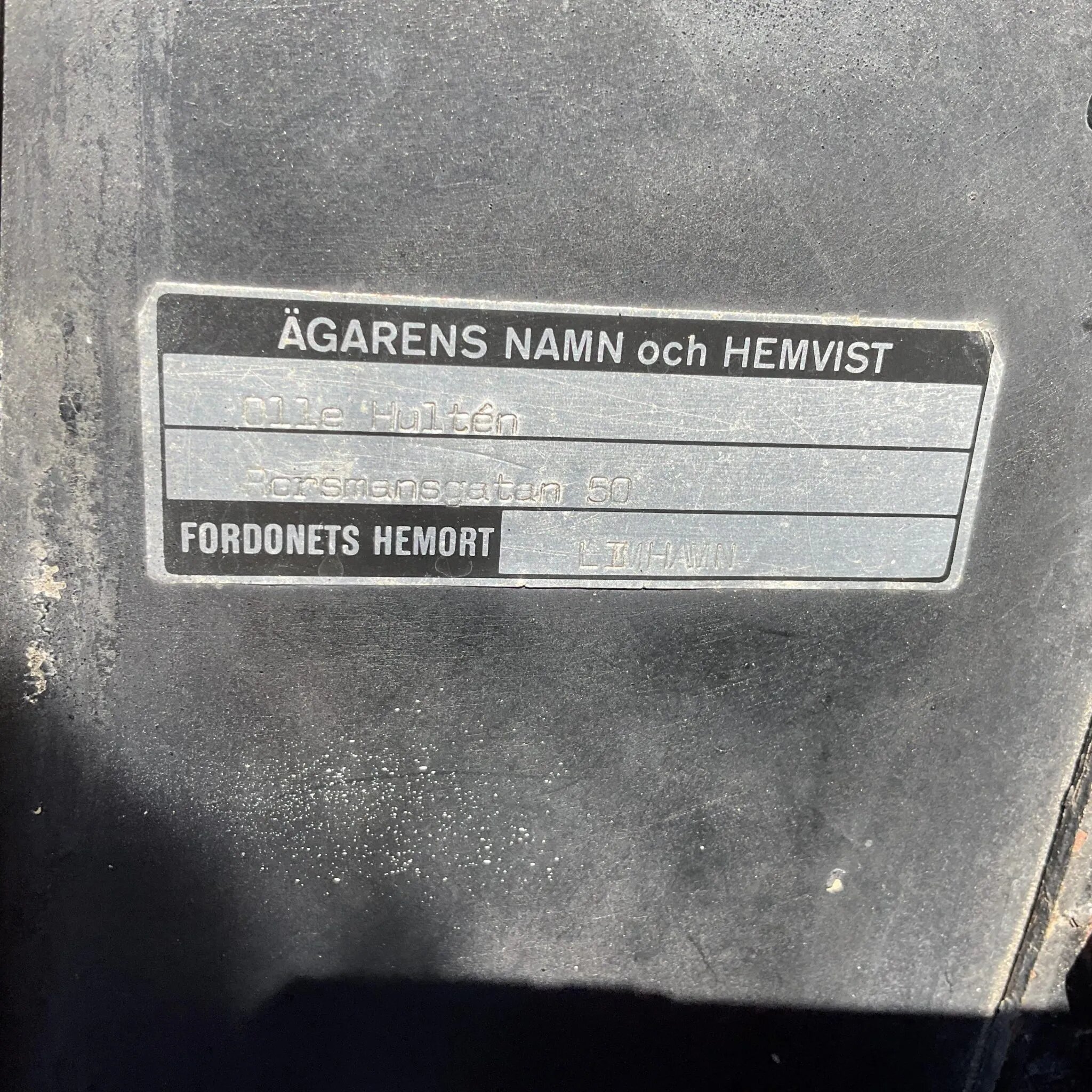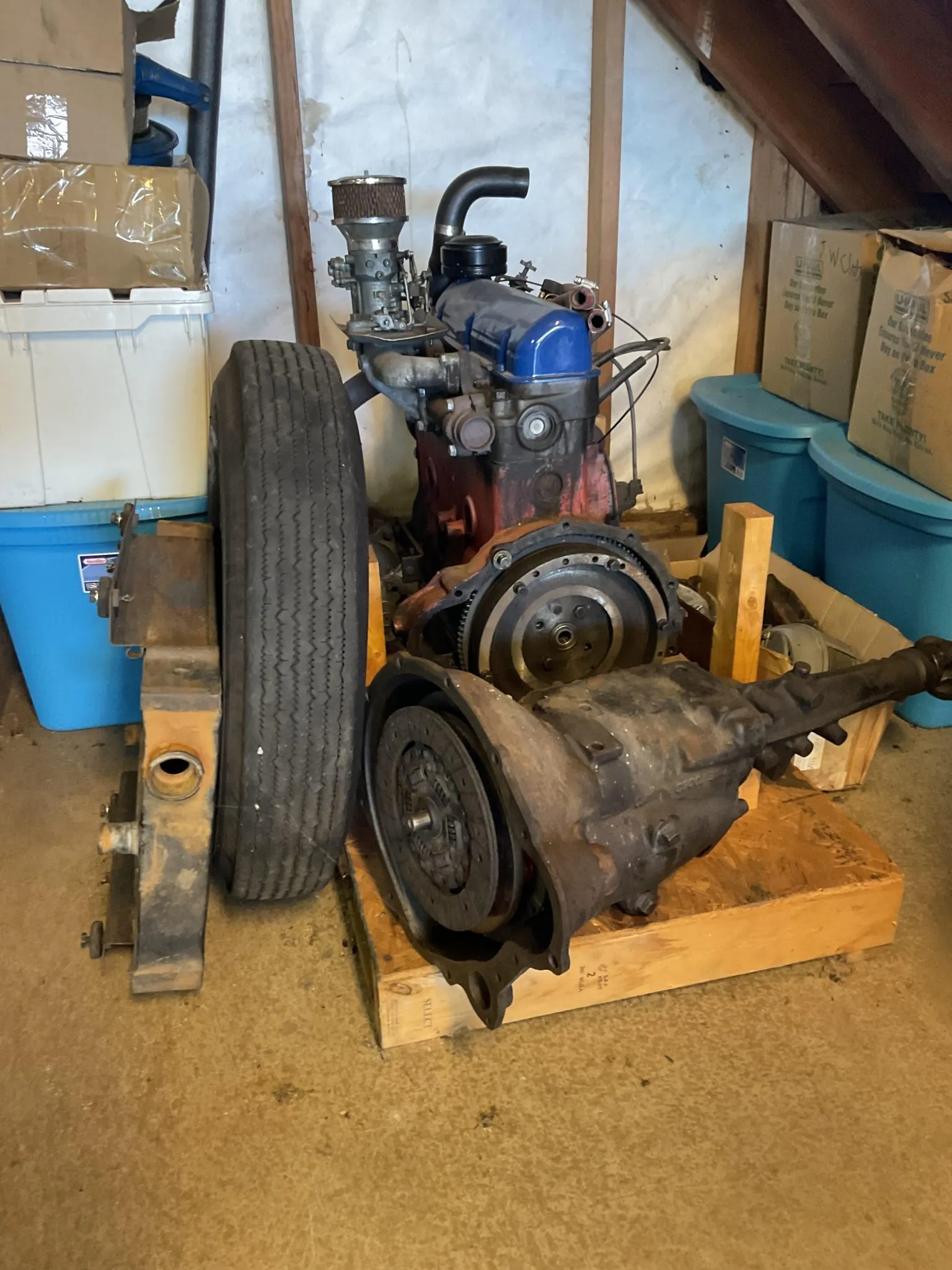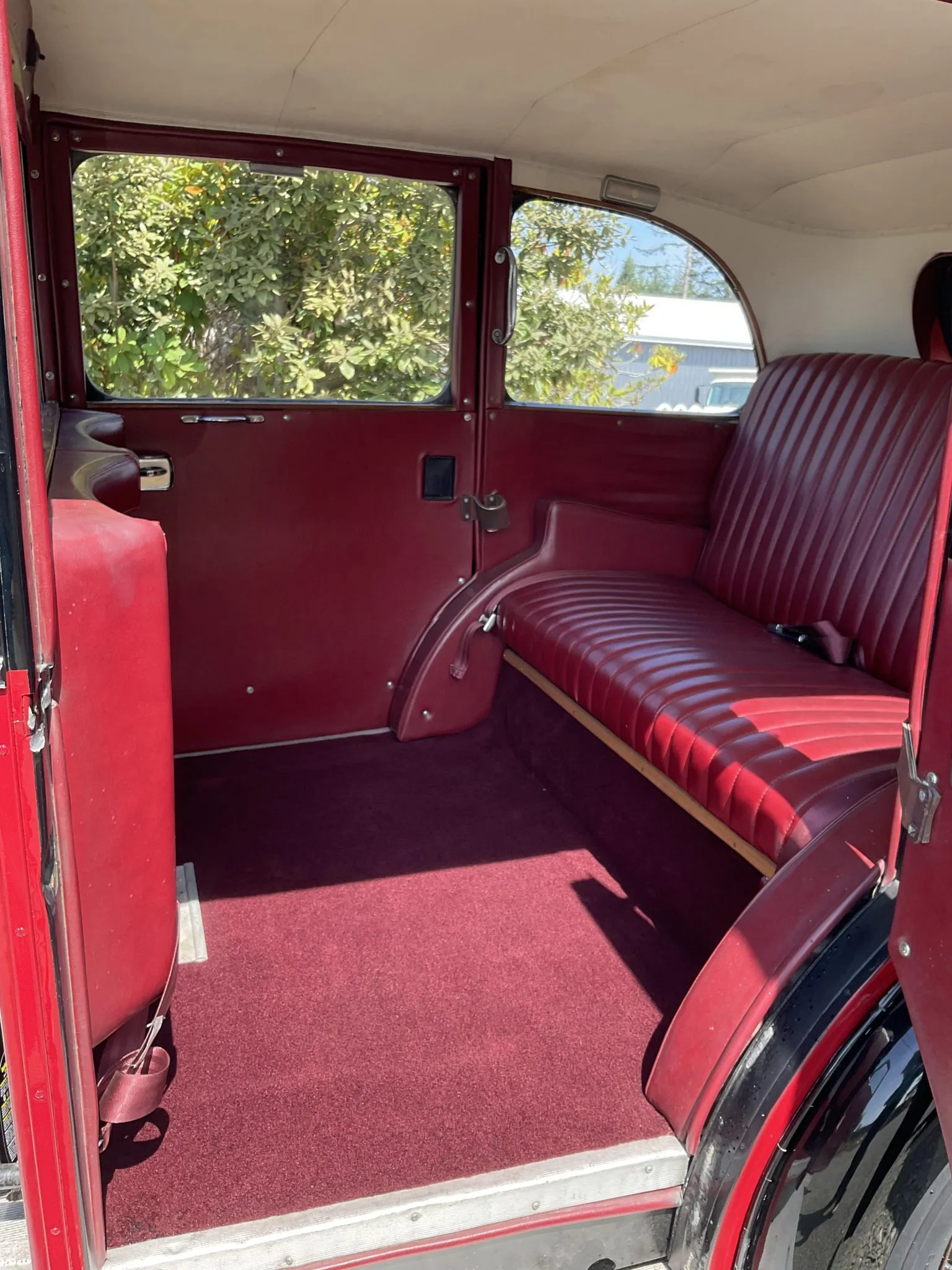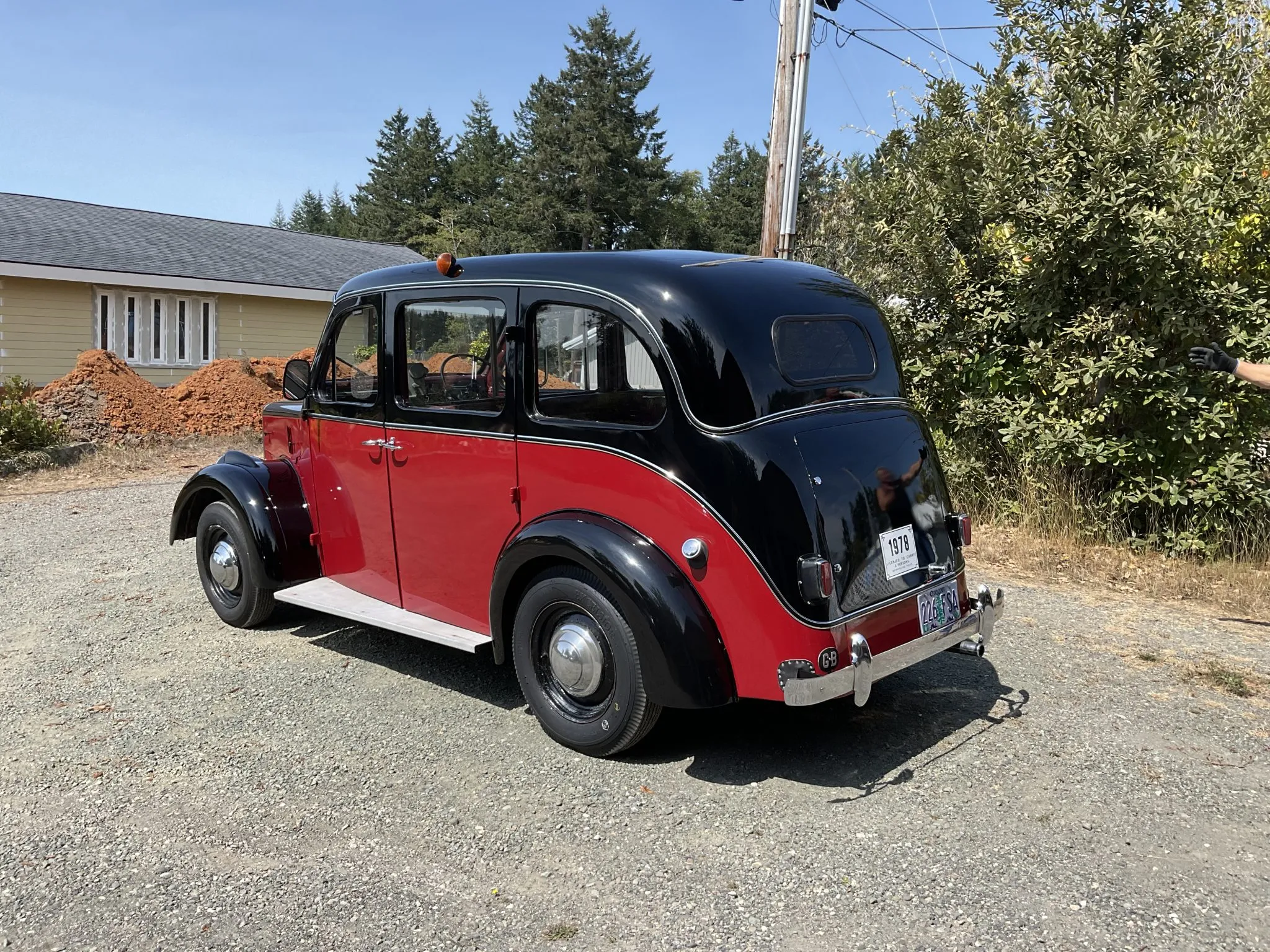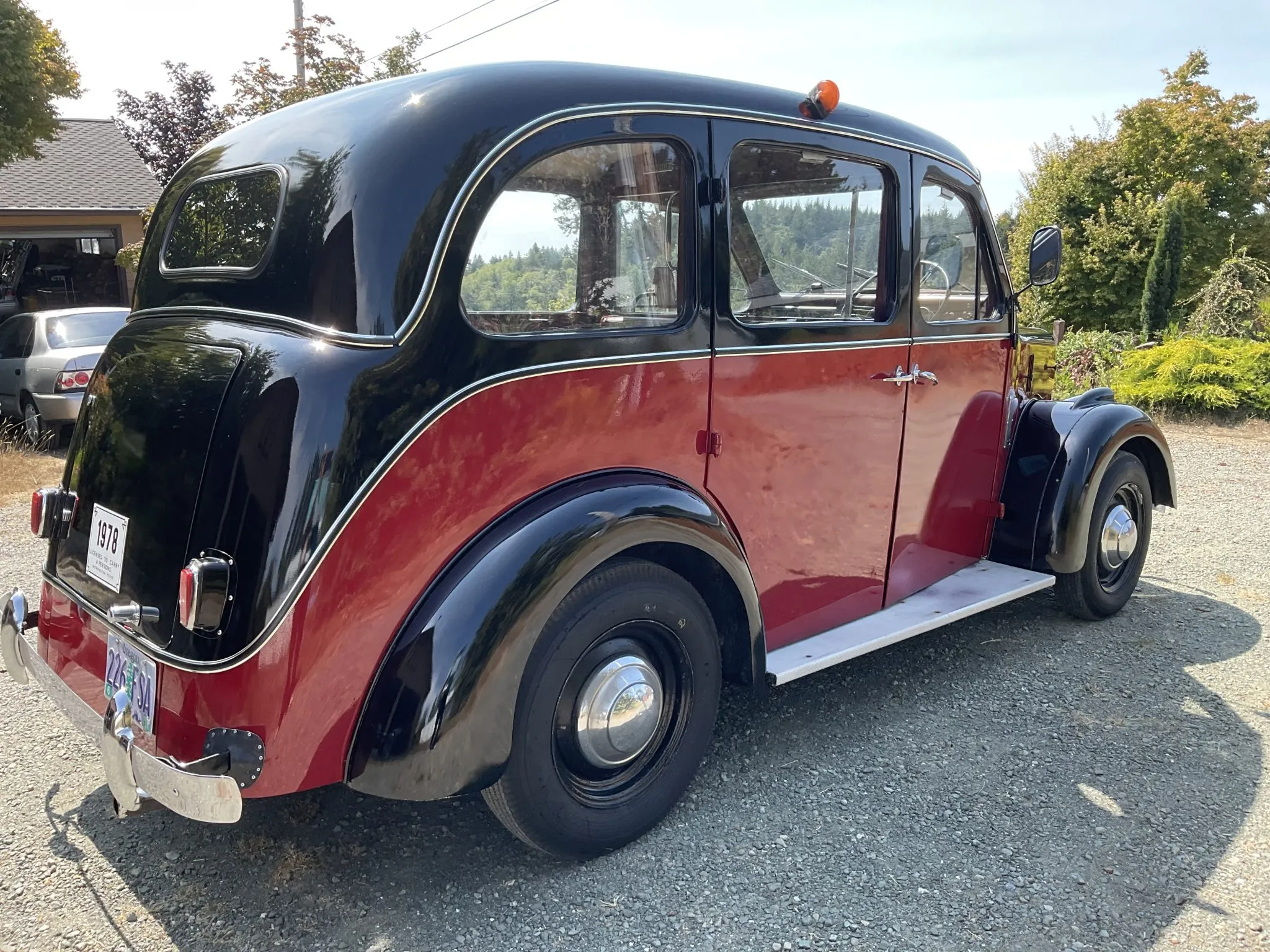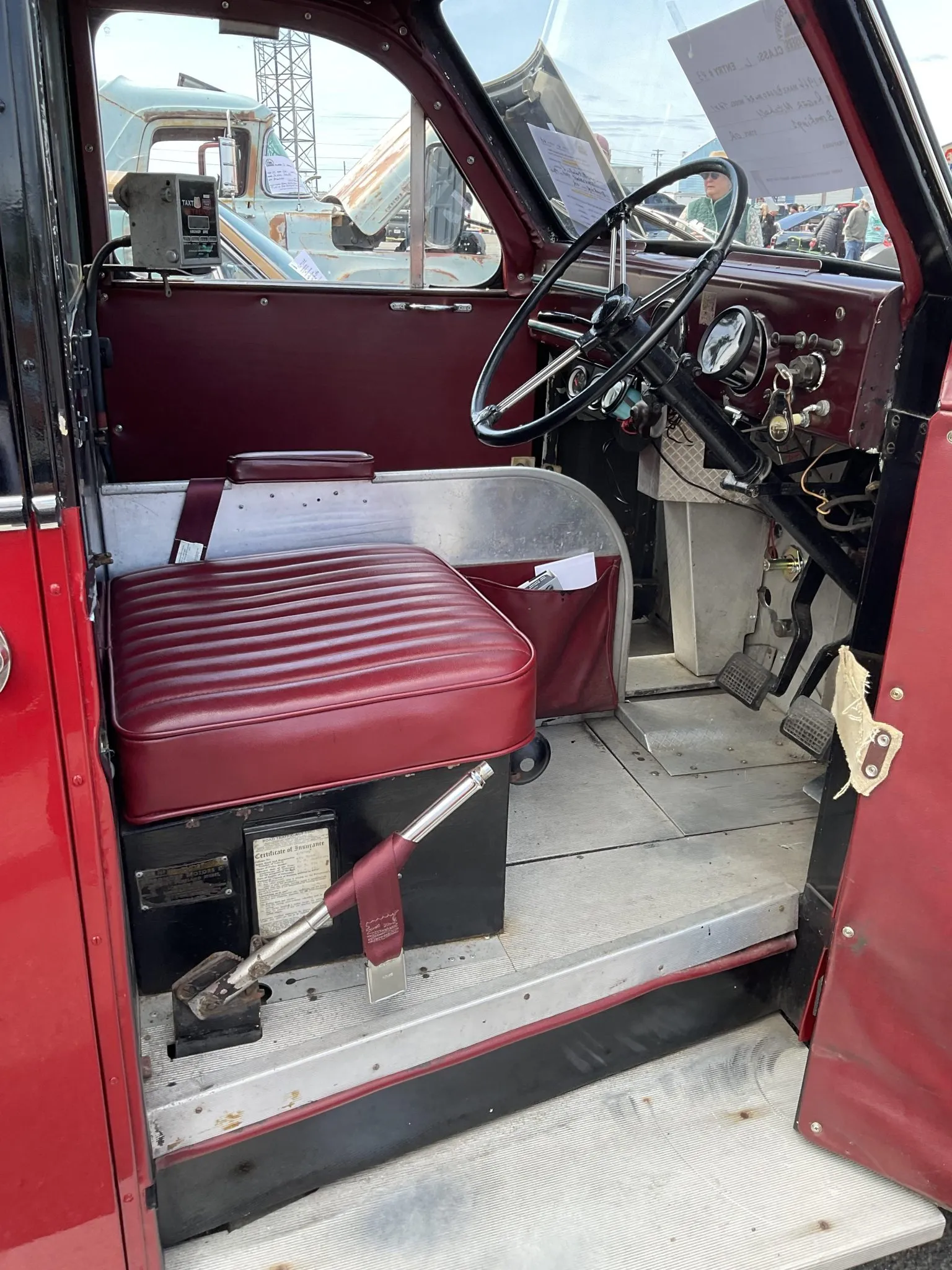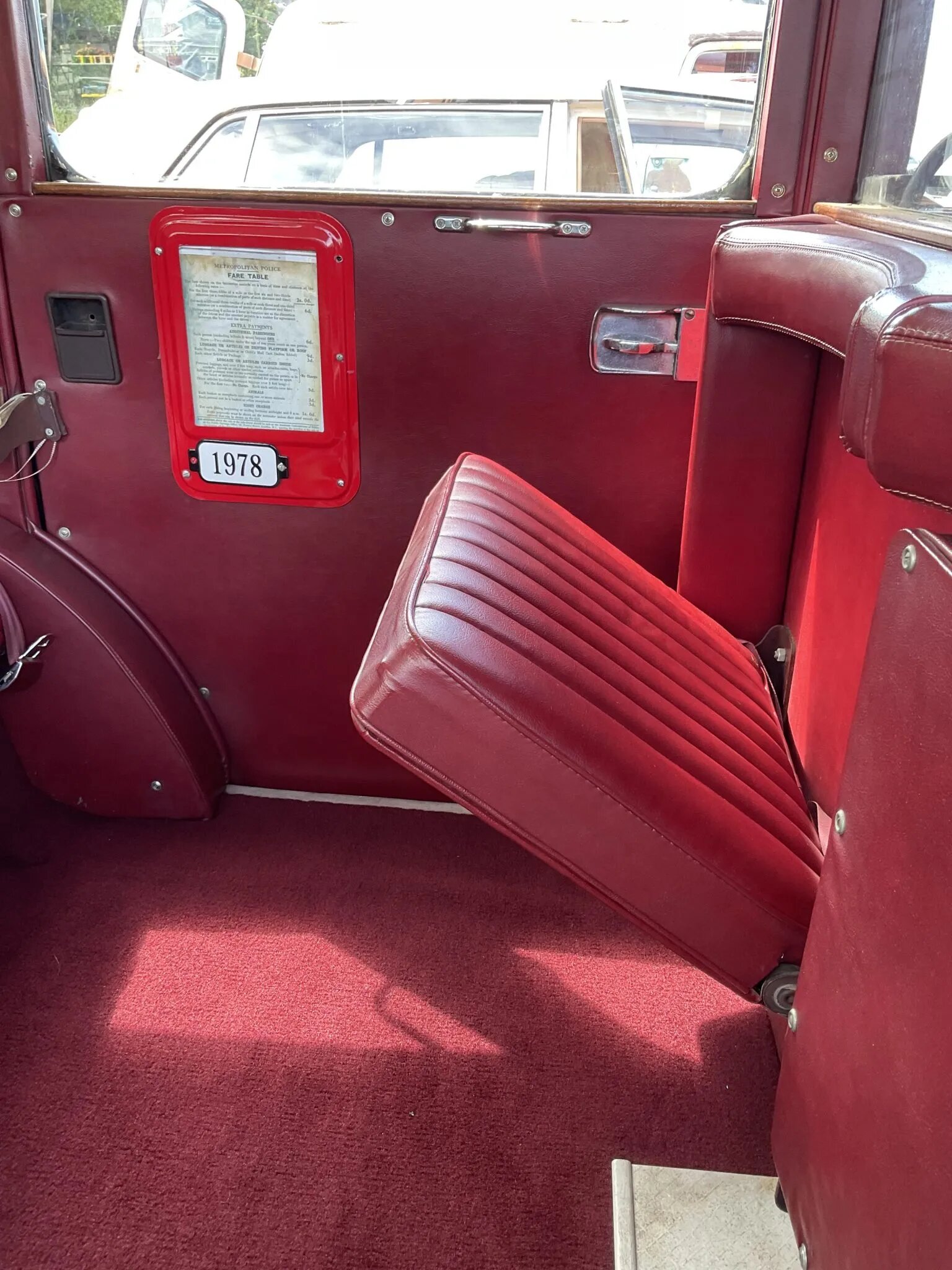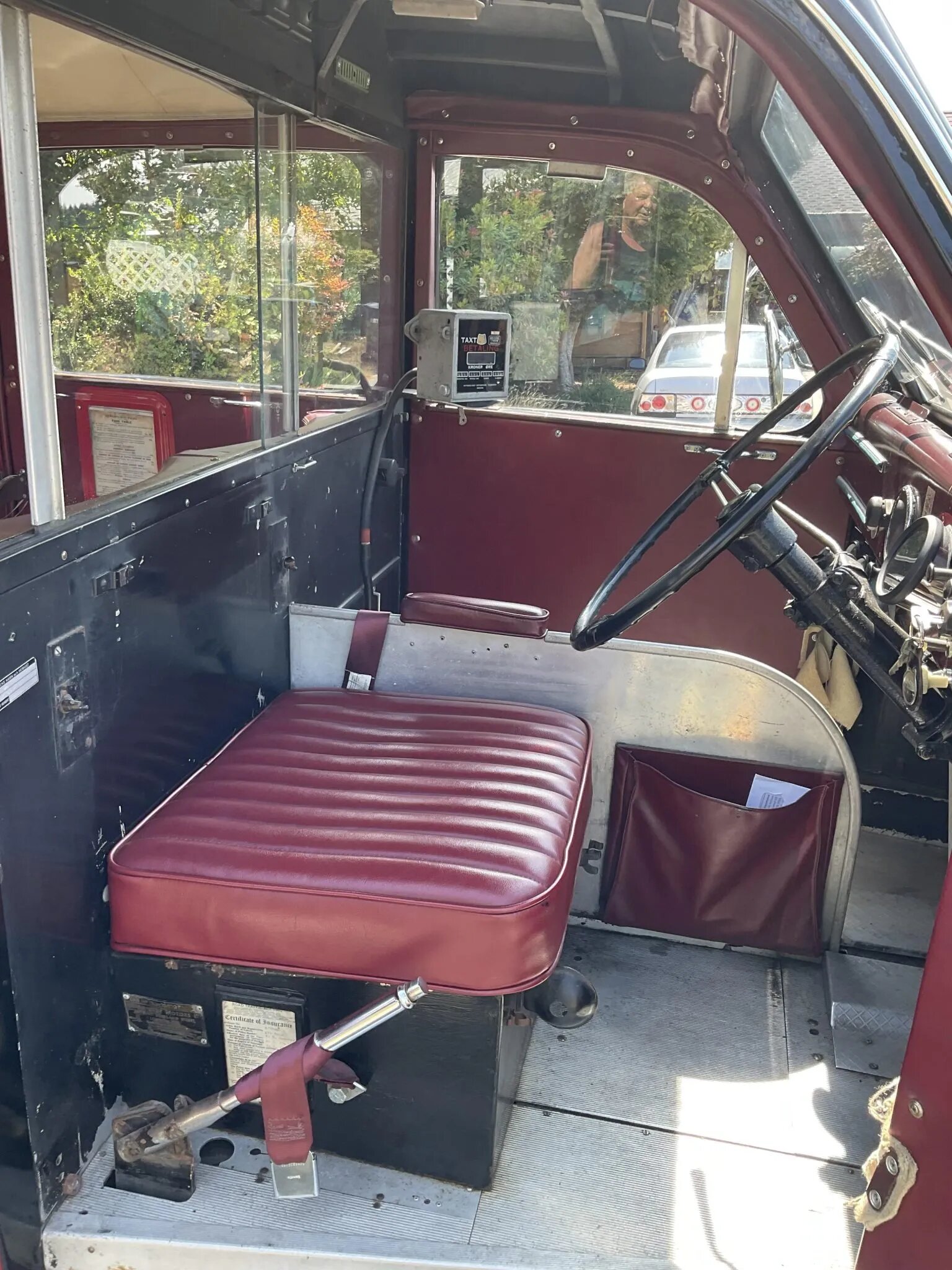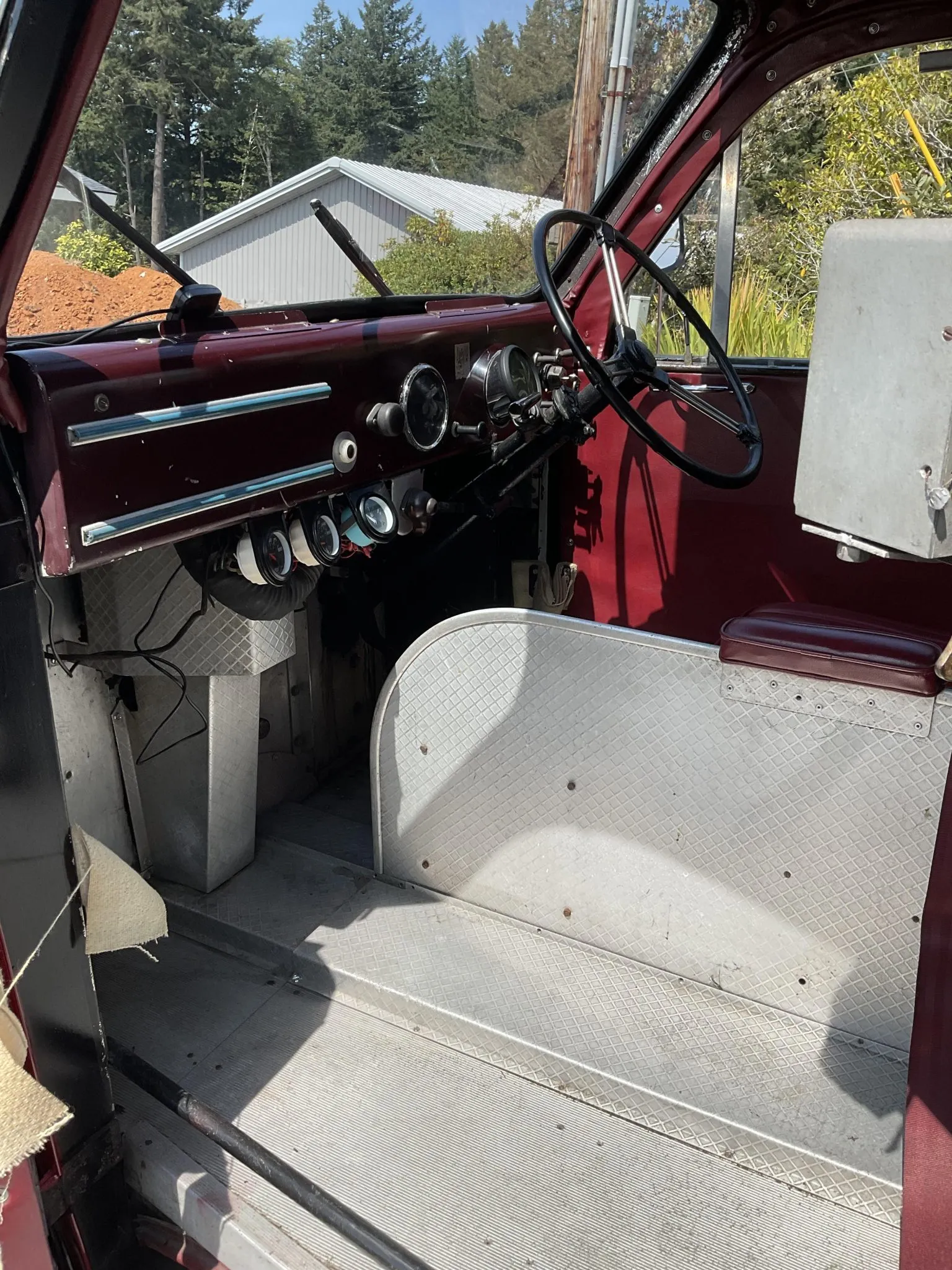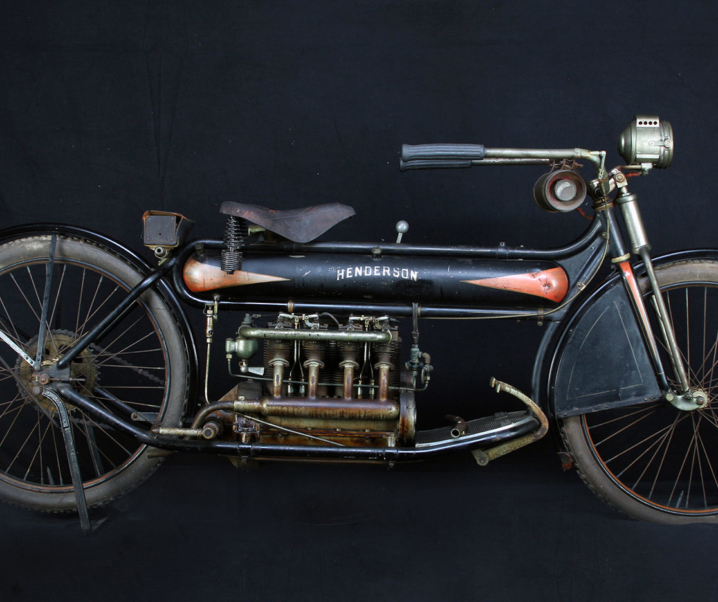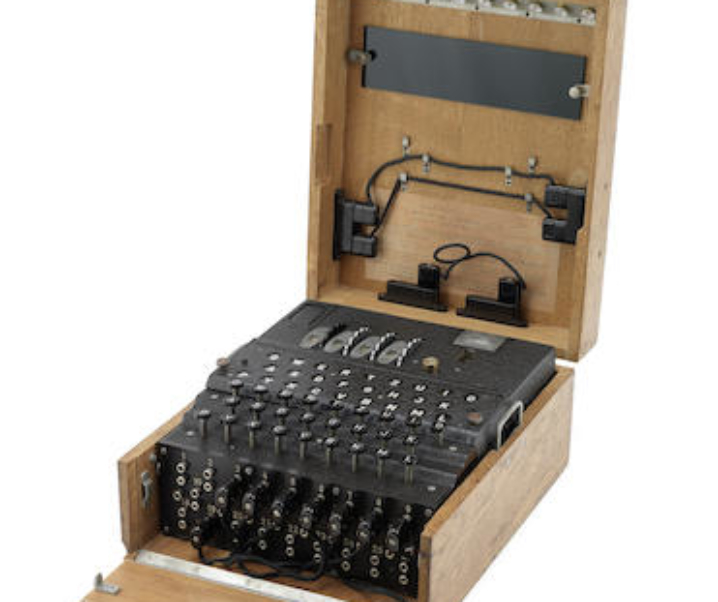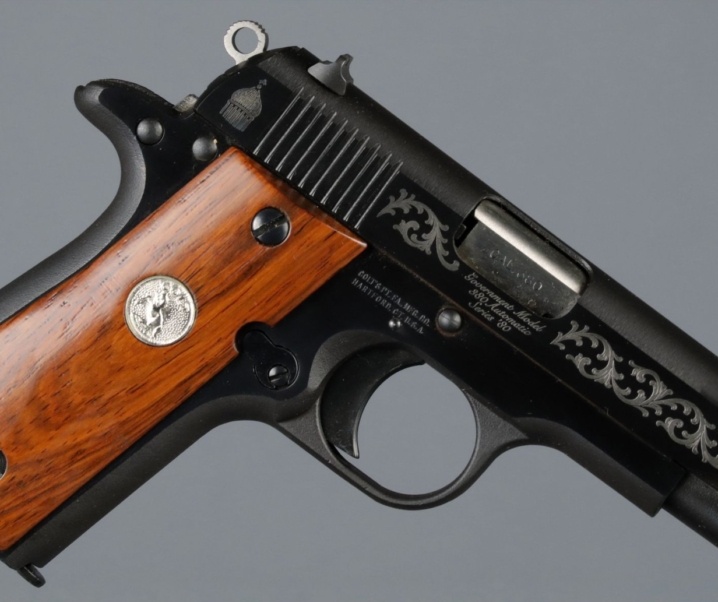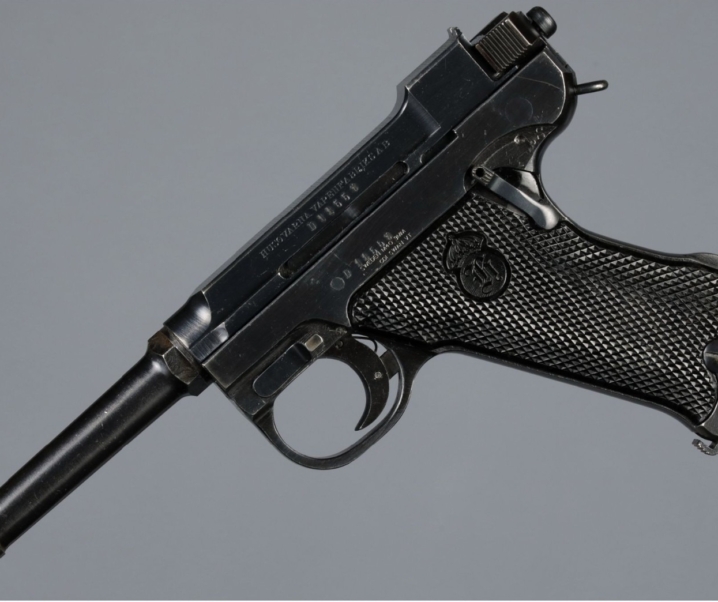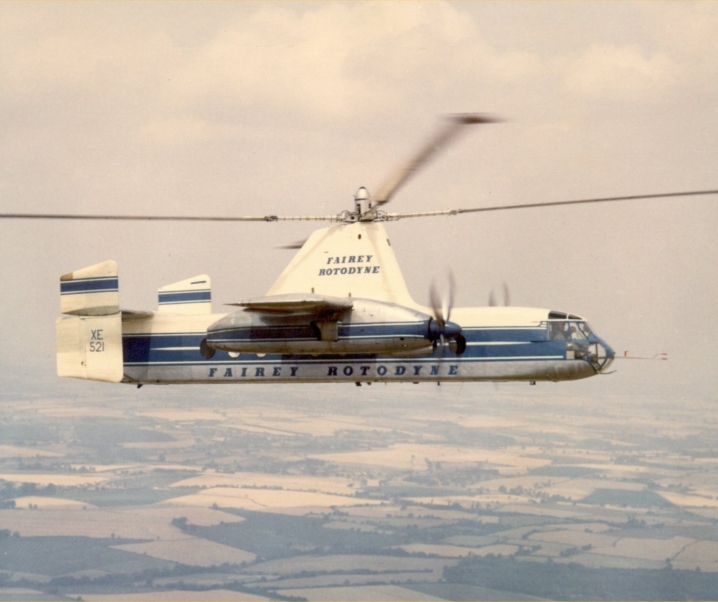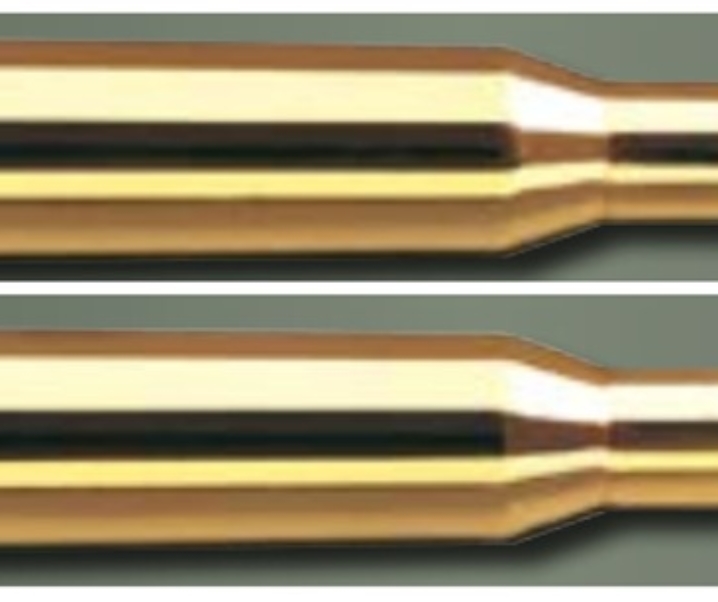The first Beardmore London Taxicab earned for itself the title of “the Rolls Royce of taxicabs”. This began a proud tradition of quality for the Beardmore taxi models that followed it.
Fast Facts
- Beardmore were located in Scotland and were makers of a variety of heavy and medium goods including ships, railway locomotives, automobiles and motorcycles.
- Beardmore began making taxicabs in 1919 and made their last taxi in 1966.
- There is a Beardmore Mk7 Paramount Taxicab up for sale on Bring a Trailer at time of publication.
Beardmore is likely to be an unfamiliar name to most people despite their history of manufacturing ships, including warships and naval guns, railway locomotives, aircraft, cars, taxis and motorcycles.
So this was a large company engaged in major engineering works, and their steam locomotives had been sent to the far-flung corners of the British Empire including Nigeria, various parts of India and Pakistan, and Burma, as well as finding their place on many of Britain’s railways.
After the First World War Beardmore set about producing cars and also taxis that would meet the London Metropolitan Police Conditions of Fitness for London Taxis. Their first taxi model, the Mk1, was introduced in 1919 and powered by a Beardmore four cylinder engine. This model earned itself a reputation for being ‘The Rolls-Royce of taxicabs” because of its reliability and durability: this excellence in design and manufacture no doubt being a legacy of a company used to building battleships and railway locomotives: a company whose standards were high.
In line with Beardmore’s propensity for sending its products out to the nations of the British Empire they created a passenger car version of their taxi, and a van, and sent these overseas where they would prove their worth on rough roads and smooth, and in all weather conditions.
In 1923 the Mk1 was superseded by the Mk2 which had a new and improved chassis which formed the foundation for a range of cars, vans, trucks and buses.
The Mk2 was replaced by the Mk3 “Hyper” when the Metropolitan Police made changes to the Conditions of Fitness for London Taxis: this model being powered by a slightly smaller 2.0 liter side-valve engine which made it lighter and improved fuel economy.
In 1929 – the year that marked the beginning of the Great Depression, an event that would render many car companies bankrupt, Beardmore moved taxi production from Scotland to the district of Hendon in North London. After the move, in 1932, Beardmore introduced their Mk4 taxicab which was powered by a Commer 2.0 liter engine. Commer is not a common name nowadays but their commercial vehicles were very common in Britain right through to the 1970’s.
In 1935, the year the Metropolitan Police established their famous Hendon Driving School, Beardmore introduced the Mk5 taxi made at their Hendon factory.
The Mk5 was powered by the same Commer four cylinder engine as its predecessor but boasted a slightly longer wheelbase. This model then gave way to the Mk6 of 1938 which was simply an updated version of the Mk5.
The Second World War brought production to a standstill while Beardmore focused on manufacturing for the war effort.
At war’s end the first new taxicab model was not a Beardmore but the Wolseley Oxford Taxicab which subsequently became known as the Nuffield Oxford cab. Initially Beardmore provided servicing and maintenance work on these.
This would continue until 1952 when the British Motor Corporation was formed taking into itself a number of car makers, including Wolseley. BMC ceased production of the Wolseley taxi model and replaced it with their own Austin FX3, which was to become the iconic London taxi of the 1950’s.
With the introduction of the Austin FX3 Beardmore decided to return to making their own taxi model which resulted in the creation of their final design, the Mk7 Paramount.
This rather dignified looking taxi continued to be built in the traditional way having a steel chassis, ash wood frame for the bodywork, and aluminum body panels in combination with steel hood/bonnet, and fenders. The roof was of fiberglass.
Suspension was by leaf springs with hydraulic struts. Brakes were drums all around.
The engine for the Mk7 Paramount was a Ford Consul four cylinder mated to a three speed manual gearbox with column shift. As Ford production changed over the years this engine was updated to the Consul Mk2, and then to the Ford Zephyr 4.
As an alternative to the gasoline/petrol engines, in 1956 the Beardmore Mk7 Paramount was also offered with a four cylinder Perkins “4.99” diesel – colloquially referred to as a “four pot Perky”.
1956 also saw the body production for the Mk7 Paramount being transferred to the Weymann coach-building works and in the ensuing years the whole of Mk7 Paramount production was transferred to Weymann.
Following on from that, in 1966, Weymann was bought by commercial vehicle maker Metropolitan-Cammell, and production of the Beardmore taxicab was relocated to their factory in Washwood Heath, in the city of Birmingham. Production of the Mk7 Paramount ended that same year with approximately 650 of the Mk7’s having been produced.
Very few of the Beardmore Mk7 Taxicabs were treated to the sea voyage “across the pond” to the United States but one that did is up for sale on Bring a Trailer at time of publication. It looks to be a rather promising item for a collector of British taxis – or for an enthusiast of unusual British automobiles.
You will find the sale page for this rather rare Beardmore Mk7 Paramount if you click here.
Picture Credits: All pictures courtesy Bring a Trailer.
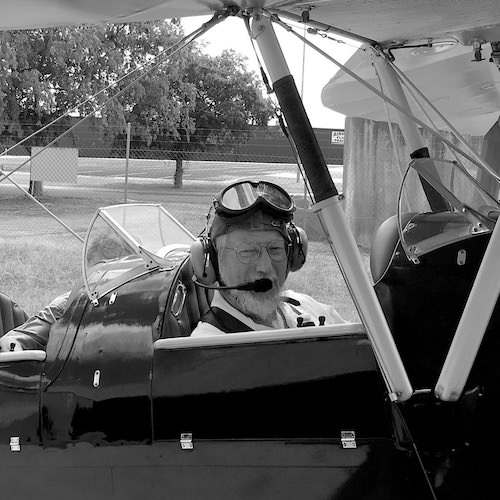
Jon Branch is the founder and senior editor of Revivaler and has written a significant number of articles for various publications including official Buying Guides for eBay, classic car articles for Hagerty, magazine articles for both the Australian Shooters Journal and the Australian Shooter, and he’s a long time contributor to Silodrome.
Jon has done radio, television, magazine and newspaper interviews on various issues, and has traveled extensively, having lived in Britain, Australia, China and Hong Kong. His travels have taken him to Indonesia, Israel, Italy, Japan and a number of other countries. He has studied the Japanese sword arts and has a long history of involvement in the shooting sports, which has included authoring submissions to government on various firearms related issues and assisting in the design and establishment of shooting ranges.
